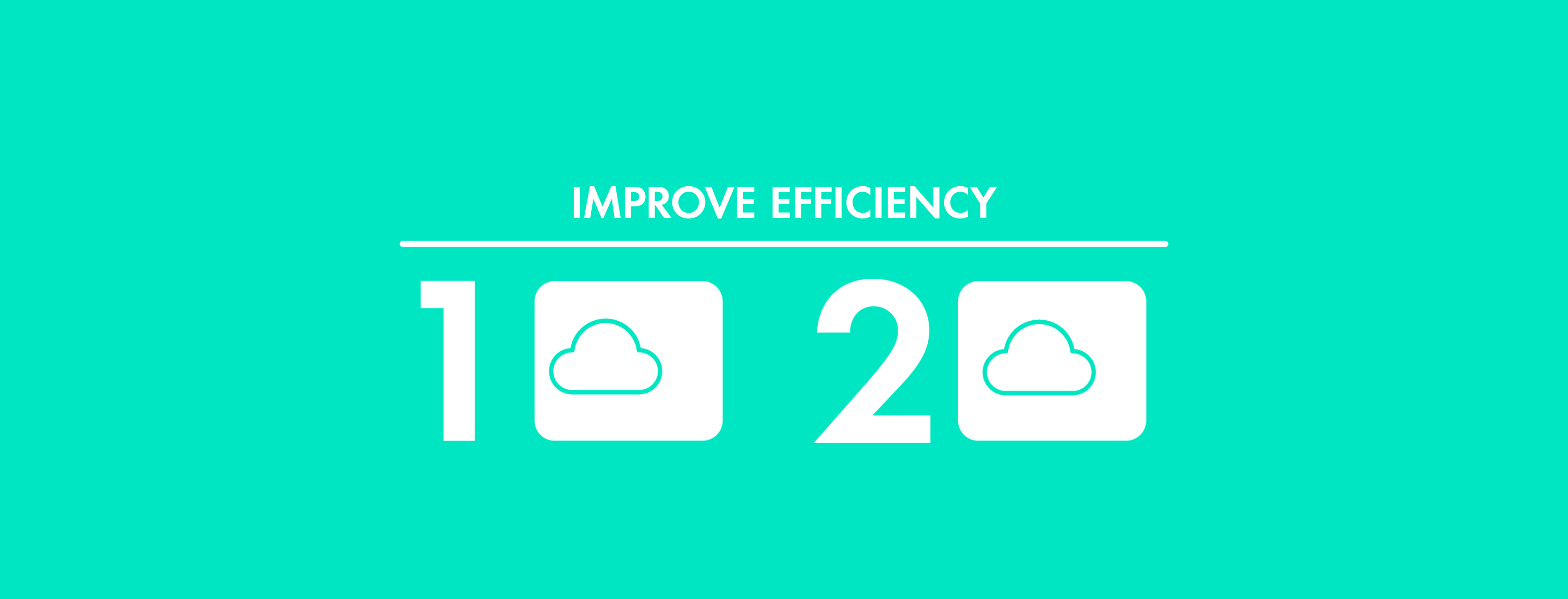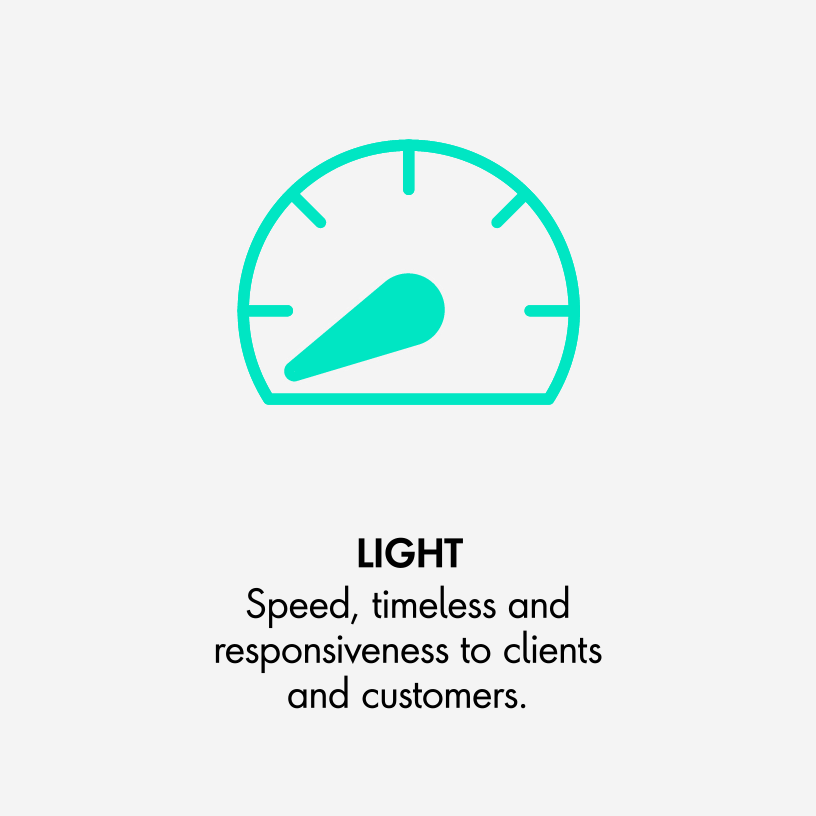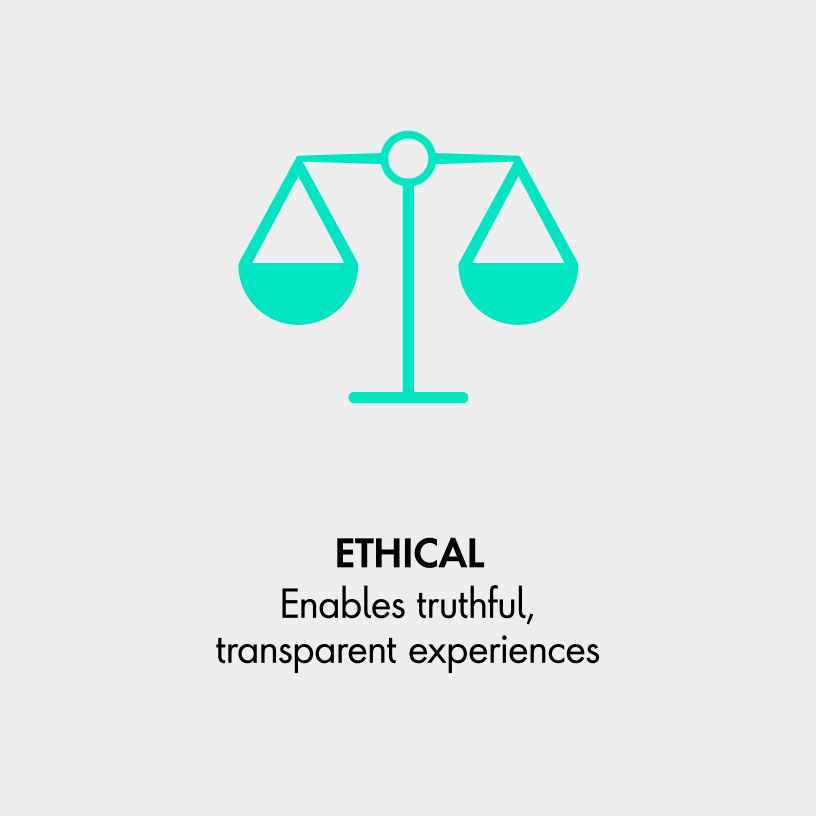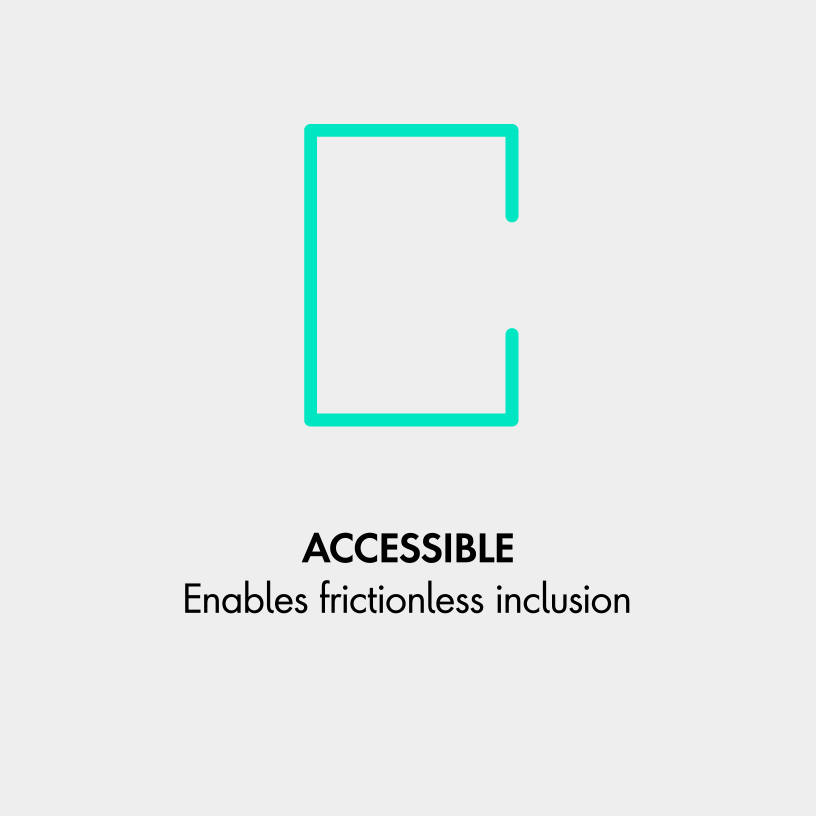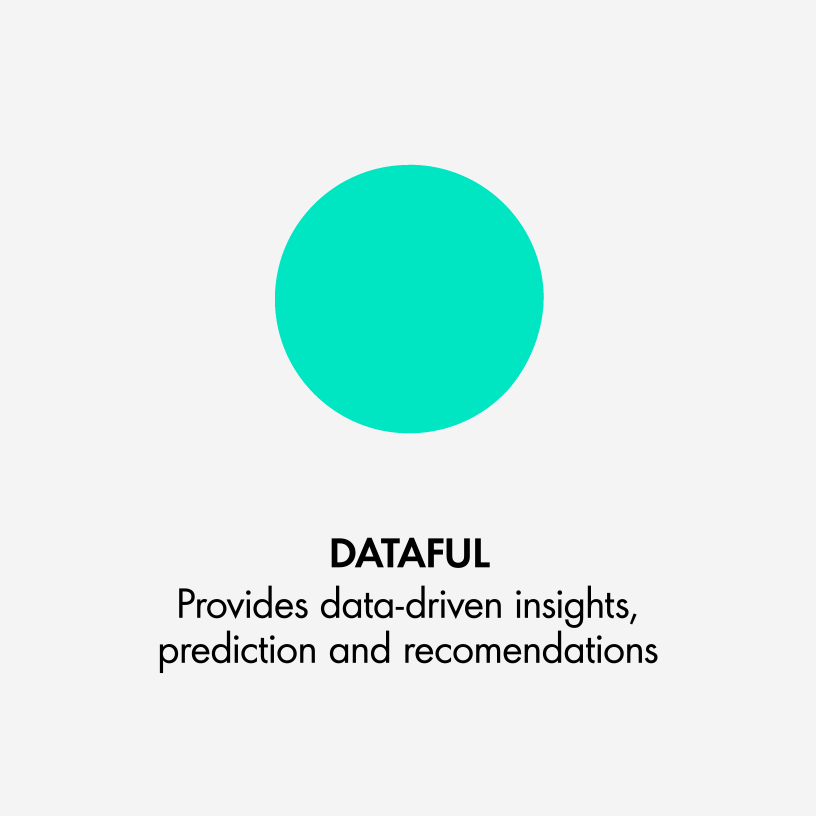Choose the Right Tools
Cloud providers now offer a far more powerful toolset for building software than what is available on premise and at a fraction of the cost. In particular, powerful AI-driven technologies, such as Azure Cognitive Services, bring AI within reach of developers without requiring machine-learning expertise. Examples include tools like Form Recognizer which uses advanced image recognition that can retrieve data from images of invoices or other business forms, and natural language processing and speech recognition for building chat bots or analyzing sentiment in text. Cloud infrastructure also provides greater storage and computing capabilities.
Energy and commodity groups that lift and shift existing software to the cloud are using Infrastructure-as-Service (IaaS). They are replacing their data centers with other data centers that belong to Microsoft, Amazon or Google. On the other hand, organizations building software applications from the ground up or reimagining existing applications, can take advantage of powerful cloud-native capabilities and fall into the Platform-as-a-Service (PaaS) and Software-as-a-Service (SaaS) categories.
All cloud deployment models – IaaS, PaaS or SaaS – provide utility-style pay-as-you-go billing. IaaS deals with servers, storage and networking. Although these resources work just like their physical equivalents in a traditional data center, they are provided by cloud software and billed per use. PaaS works at a higher level, providing software services aimed primarily at software developers, providing powerful cloud-based capabilities used to build cloud-native applications. Both can provide cost efficiencies for companies. PaaS allows for greater capabilities to build intuitive, efficient, robust, scalable in-house applications, and many companies find that this approach can quickly pay for the initial development costs. A SaaS model provides cloud-based applications targeting end users directly. An energy company typically licenses them from software providers, which could include the company’s own IT organization where the company’s developers use PaaS services to create internal SaaS offerings.



